In the complex and interconnected world of global finance, the bond market often serves as a silent but powerful sentinel, reflecting the underlying health and stability of the economy. Recently, however, this sentinel has been sending out distress signals that have caught the attention of even the most seasoned investors and policymakers. The imposition of tariffs by President Donald Trump and the escalating trade war with China have not only roiled stock markets but have also triggered a significant shift in the bond market, raising serious questions about the future of economic stability.
The Unusual Bond Sell-Off
Typically, during times of economic uncertainty or crisis, investors flock to US Treasuries, seeking the safety and stability of an asset backed by the full faith and credit of the US government. This flight to safety acts as a natural buffer, stabilizing markets and providing a measure of predictability. However, in recent weeks, a peculiar and unsettling trend has emerged: as stock markets around the world declined, US Treasuries also sold off. This simultaneous decline in both stocks and bonds is highly unusual and has raised red flags among economists and investors alike.
The sell-off in bonds was so pronounced that it caught the attention of the White House. President Trump himself acknowledged the situation, noting that “people were getting a little queasy” and that the bond market is “very tricky.” This reaction from the administration underscores the significance of the bond market’s movement, as it often serves as a leading indicator of broader economic trends.
The Power of the Bond Market
The bond market’s influence extends far beyond the financial sector. Bond yields, particularly those of the benchmark 10-year US Treasury note, play a crucial role in determining borrowing costs for everything from mortgages to corporate loans. When yields spike, as they did recently, it signals increased borrowing costs and can have a cascading effect on economic activity.
The recent spike in yields, which reached as high as 4.5% on Wednesday, was a stark departure from their previous levels. This sharp increase was driven by a combination of factors, including concerns about the impact of tariffs on economic growth and the potential for rising inflation. The Federal Reserve, which typically has the power to mitigate such effects through interest rate adjustments, may find its options limited due to the inflationary pressures brought on by the tariffs.
The Trade War’s Ripple Effects
The tariffs imposed by the Trump administration have had far-reaching consequences, not just for the US but for the global economy as well. The decision to increase tariffs on imports from China has led to retaliatory measures from Beijing, further escalating the trade war. This tit-for-tat approach has disrupted global supply chains, increased costs for businesses, and created a climate of uncertainty that has dampened investor sentiment.
Moreover, the tariffs have led to a phenomenon known as “trade diversion,” where exports that would have otherwise gone to the US are now being redirected to other markets. This has the potential to flood these markets with goods, leading to increased competition and potentially triggering a wave of protectionist measures from other countries. The historical precedent of the Smoot-Hawley Tariff Act in the 1930s serves as a cautionary tale, illustrating how such measures can lead to a contraction of global trade and deepen economic downturns.
The Bond Vigilantes’ Warning
The term “bond vigilantes” refers to investors who sell off government bonds to express their dissatisfaction with government policies. In this case, the bond vigilantes have sent a clear message to the Trump administration: the tariffs are having a negative impact on economic stability. The sell-off in bonds has forced the administration to reconsider its approach, leading to a temporary pause in the implementation of further tariffs.
This pause, however, may not be enough to quell the concerns of investors. The underlying issues of trade imbalances, supply chain disruptions, and rising costs remain unresolved. The bond market’s reaction has highlighted the delicate balance that policymakers must strike between protecting domestic industries and maintaining global economic stability.
The Road Ahead
As the trade war continues to unfold, the bond market will remain a critical barometer of economic health. While the recent pause in tariffs may provide some temporary relief, the long-term impact of the trade war on global markets remains uncertain. Investors and policymakers alike will need to closely monitor the bond market for further signals of economic stress.
In the meantime, the US and other countries will need to engage in constructive dialogue to find a resolution to the trade disputes. Failure to do so could lead to a further escalation of the trade war, with potentially dire consequences for the global economy. The bond market’s warning is clear: the path to economic stability lies in cooperation, not confrontation.
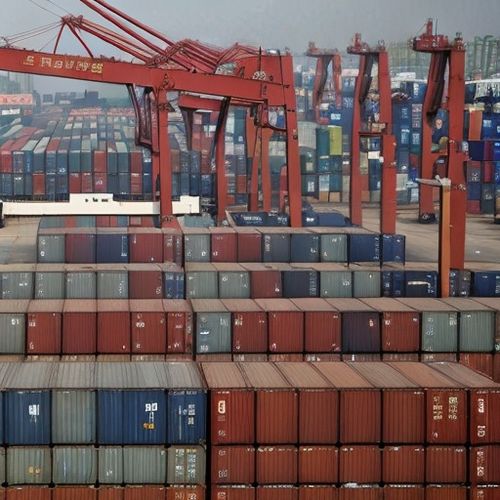
By Samuel Cooper/Apr 14, 2025
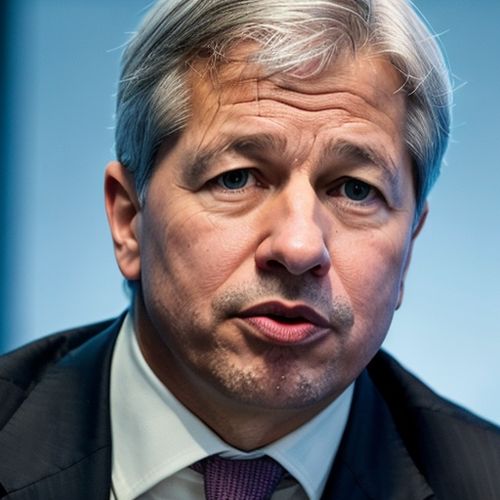
By Michael Brown/Apr 14, 2025

By Emma Thompson/Apr 14, 2025

By David Anderson/Apr 14, 2025

By Megan Clark/Apr 14, 2025
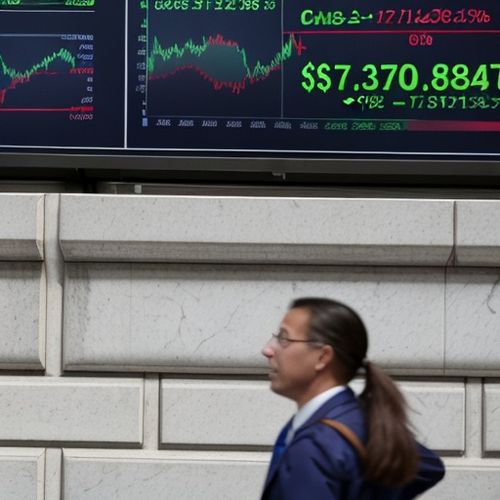
By Emma Thompson/Apr 14, 2025

By Thomas Roberts/Apr 14, 2025

By Rebecca Stewart/Apr 14, 2025

By Natalie Campbell/Apr 14, 2025

By Laura Wilson/Apr 14, 2025

By Ryan Martin/Apr 14, 2025
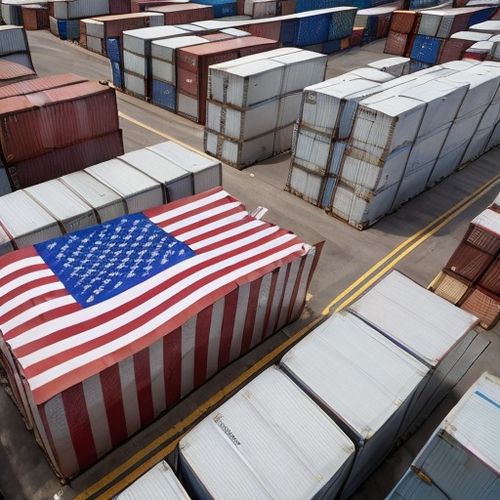
By Elizabeth Taylor/Apr 14, 2025

By Laura Wilson/Apr 14, 2025

By Sophia Lewis/Apr 14, 2025
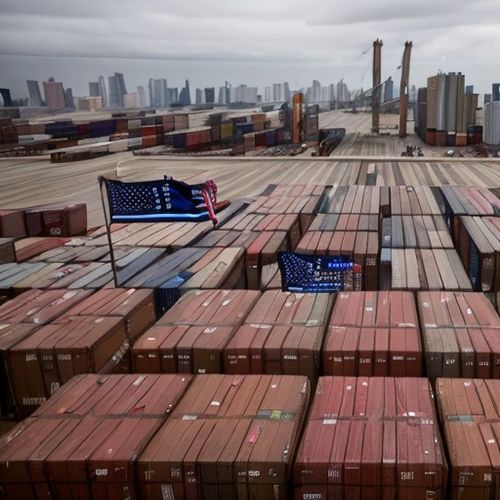
By Laura Wilson/Apr 14, 2025

By Elizabeth Taylor/Apr 14, 2025

By Amanda Phillips/Apr 14, 2025
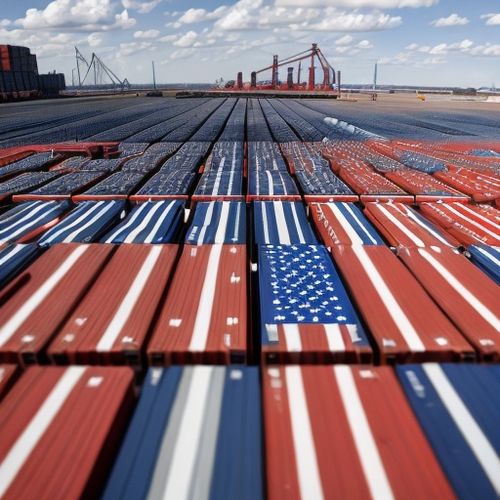
By Sarah Davis/Apr 14, 2025
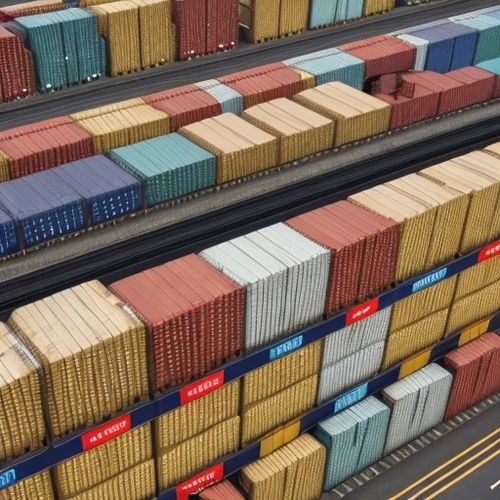
By Samuel Cooper/Apr 14, 2025